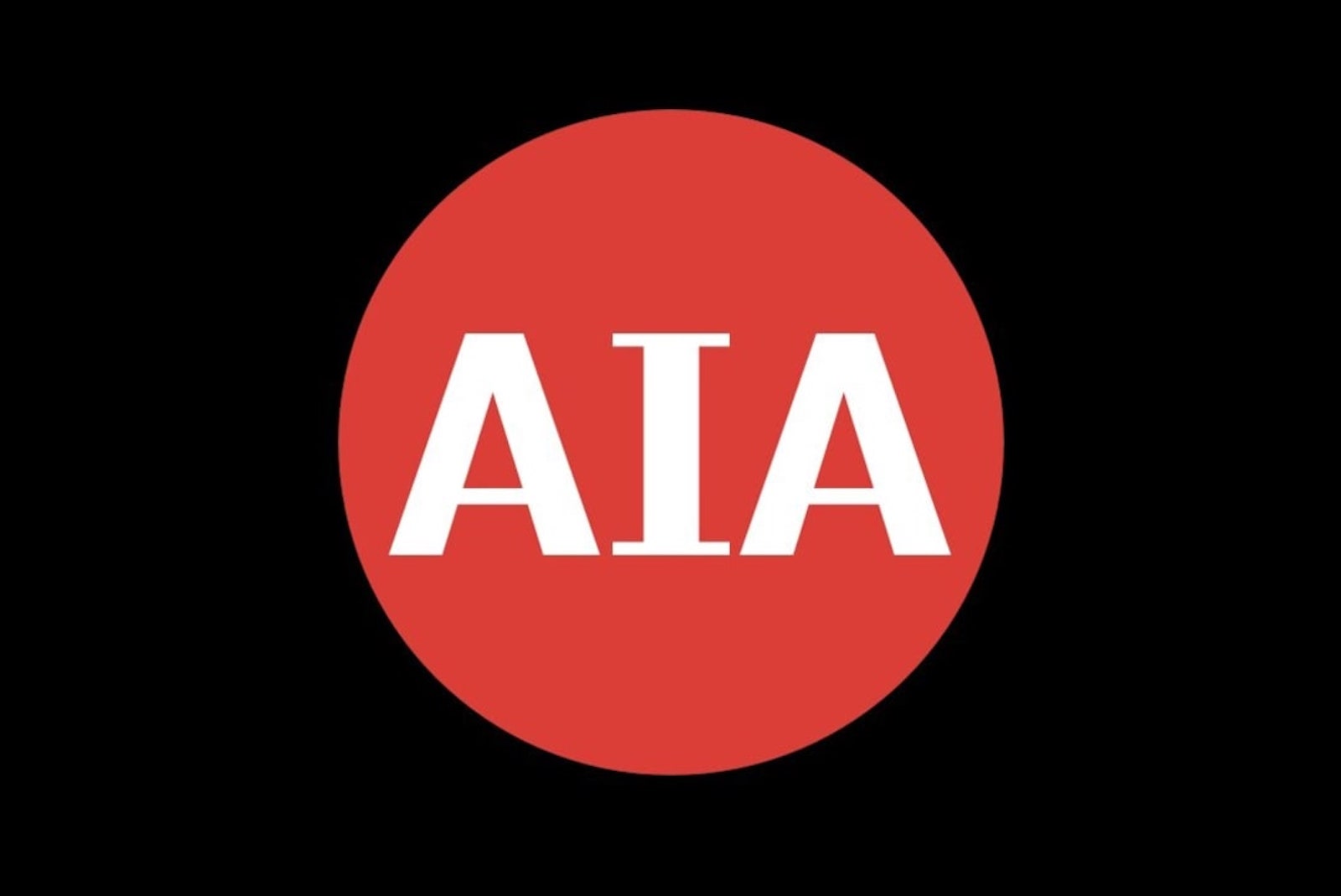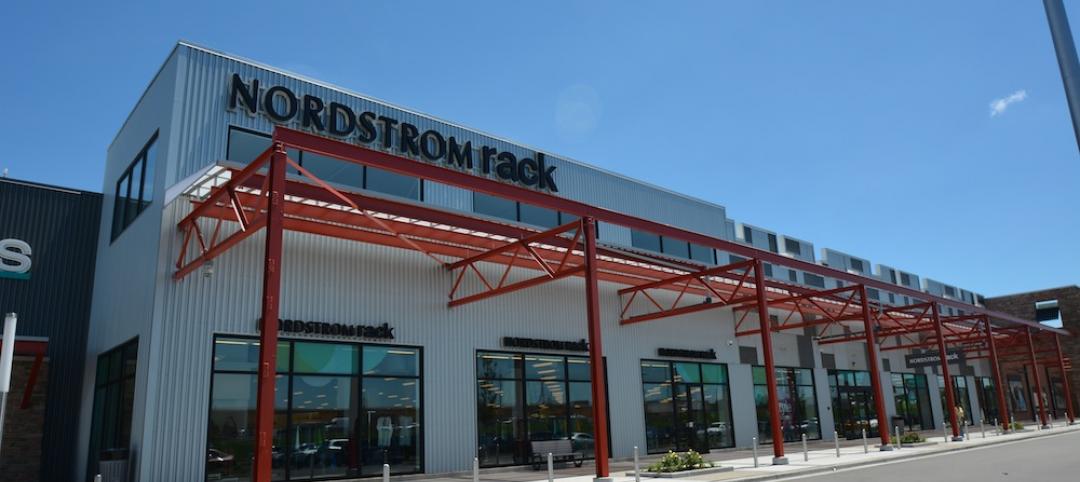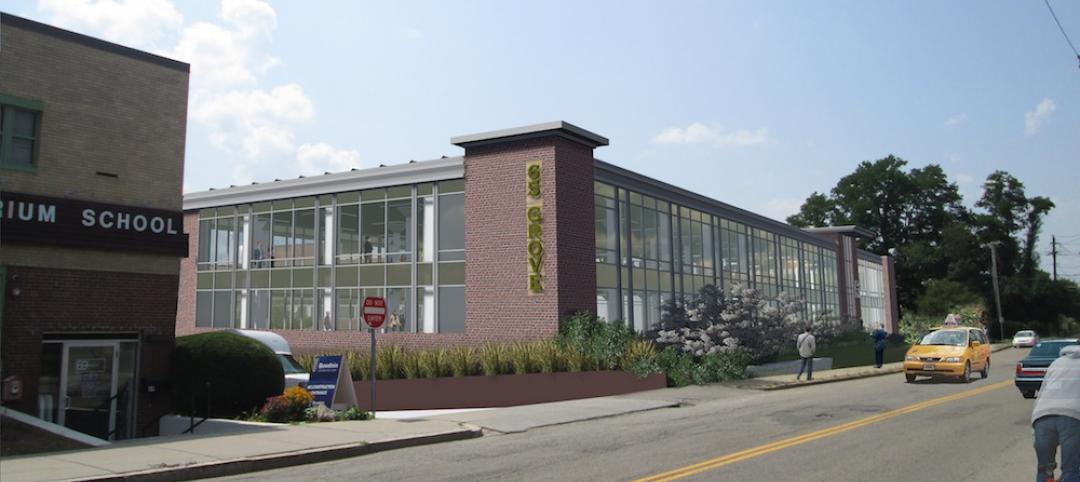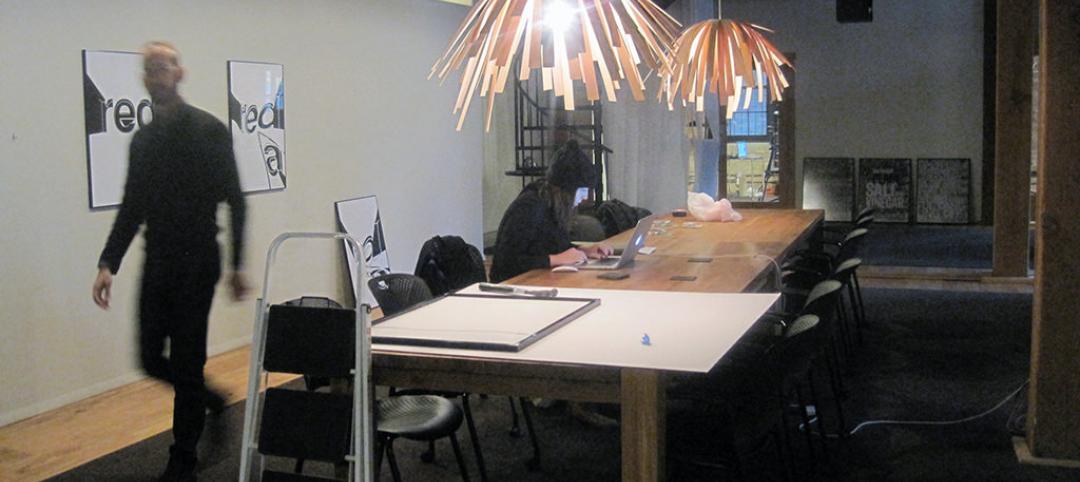The American Institute of Architects (AIA) Upjohn Research Initiative is providing up to $30,000 to five research projects that will advance sustainability in architecture. The purpose of the grant is to provide base funds for research projects that advance architectural knowledge and practice.
Grant recipients were selected by a seven-member jury comprised of members from the AIA College of Fellows and AIA Board Knowledge Committee, and according to the release this year’s selected Upjohn Research Initiative projects include:
Architects and Grid-Interactive Efficient Buildings (GEBs): The Role of the Profession in the Emerging Field of GEBs
Principal Investigator: Deane Evans, FAIA (New Jersey Institute of Technology)
A key goal of the GEBs initiative is to help buildings adapt to and, at the same time, reduce the impacts of climate change. As a collaborative effort between a university-based research center, a state energy-incentive program, and a state AIA component’s Committee on the Environment (COTE), the project intends to better inform architects about GEBs. The results will be incorporated into an online educational toolkit designed to help architects understand the practical, real-world implications of GEBs on their practices.
From Waste to Biodegradable Structures with Local Fungi Species
Principal Investigators: Benay Gürsoy Toykoç, PhD (Penn State); John A. Pecchia, PhD (Penn State); Ali Ghazvinian (Penn State)
Collaborators: Alale Mohseni (Penn State); Natalie Walter (Penn State)
Interest from the architecture community in the sustainable features of mycelium-based materials is growing. As a collaboration among architecture, mushroom science, and computational design, this interdisciplinary research project aims to design and build two large-scale structures, MycoCreateII and MycoPrint, to study the use of mycelium-based composites as a load-bearing material. MycoCreateII will be a fully biodegradable funicular structure with load-bearing components made of mycelium-based composites. MycoPrint will be a shell structure with 3D-printed mycelium-based components cultivated on cardboard and paper waste.
The Future of Green Infrastructure: Measuring and Designing the Built Environment for Pedestrian and Bicycle Activities in Dallas-Fort Worth
Principal Investigators: Hyesun Jeong, PhD, Assoc. AIA (University of Texas at Arlington); Matthew Ables (Arup)
Collaborators: Brian Hammersley (Hammersley Architecture); Meghna Tare (University of Texas at Arlington); Lawrence Agu, Assoc. AIA (City of Dallas)
Using GIS-based data analysis and field study, this research project will investigate how the built environment is conducive to pedestrian and cycling activities in Dallas-Fort Worth. The project team will generate design prototypes and strategies that transform grey-infrastructure into permeable green-infrastructure to envision a more walkable, ecological, and healthier environment in community areas. The outcome of this research and design project may serve as a decision-making tool for stakeholders such as architects, planners, city officials, developers, and community organizations in pursuit of sustainable development, mobility infrastructure planning, stormwater management, and decarbonization efforts.
Priority Green for Community Benefit: A Framework for Tailoring Entitlement Benefits to Neighborhood-specific Priorities Around Climate Change Mitigation, Adaptation, and Equity
Principal Investigator: Adele Houghton, AIA (Biositu)
Local permitting pathways may be more effective levers for mitigating and adapting to climate change, addressing chronic disease, and improving equity if they are tailored to neighborhood-level environmental and human health needs. Generated through a series of charettes, this research project will develop a Priority Green framework that architects can use with local officials to show how building and site design that is responsive to neighborhood environmental exposures, community health risk factors, and the social determinants of health can measurably contribute to advancing their community’s climate action plan and other local public health priorities.
Synergies between Ultra-Low-Energy Buildings, Microgrids, and Direct Current
Principal Investigators: Lisa White (Passive House Institute US (PHIUS)); Graham Wright, PhD (Passive House Institute US (PHIUS))
Collaborator: Walter Grondzik, PE (Ball State University)
This study will assess the feasibility and performance benefits of linking passive building design guidelines with a city-block microgrid, simulated in Milwaukee and composed of 20-30 residential buildings. It will develop an architect’s guide to analyzing and designing such blocks to manifest a resilient, low-emissions future. The goal of this project is to create a template for architects and other design professionals to incorporate both passive building strategies and microgrid design strategies into their projects to achieve optimal carbon performance.
Related Stories
Industry Research | Dec 23, 2015
Meet the world’s next great construction superpower
There’s a new world construction hotbed coming down the pike (more specifically, the Mumbai Nashik Expressway), and it could mean a major boon for AEC firms.
Industry Research | Dec 21, 2015
Experts predict commercial real estate trends for 2016
Midwest Experts Predict Commercial Real Estate Trends for 2016, according to real estate communications firm TaylorJohnson.
Industry Research | Dec 17, 2015
The 2016 commercial construction market: A contractor’s view
The CFO of Tocci Building Companies forecasts the outlook for commercial and institutional construction in 2016.
Office Buildings | Dec 9, 2015
HOK collaborates with IFMA on new workplace strategy research report
Report cites work-life balance as the top reason for implementing “distributed work” strategies.
Industry Research | Dec 8, 2015
AEC leaders say the 'talent wars' are heating up: BD+C exclusive survey
A new survey from Building Design+Construction shows that U.S. architecture, engineering, and construction firms are being stymied by the shortage of experienced design and construction professionals and project managers.
Market Data | Dec 7, 2015
2016 forecast: Continued growth expected for the construction industry
ABC forecasts growth in nonresidential construction spending of 7.4% in 2016 along with growth in employment and backlog.













